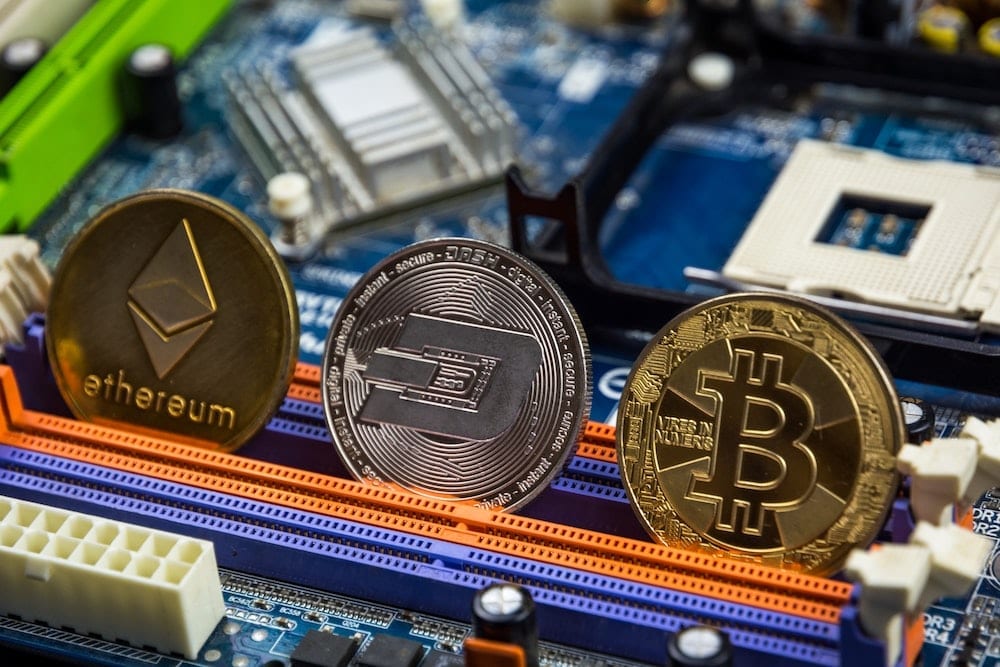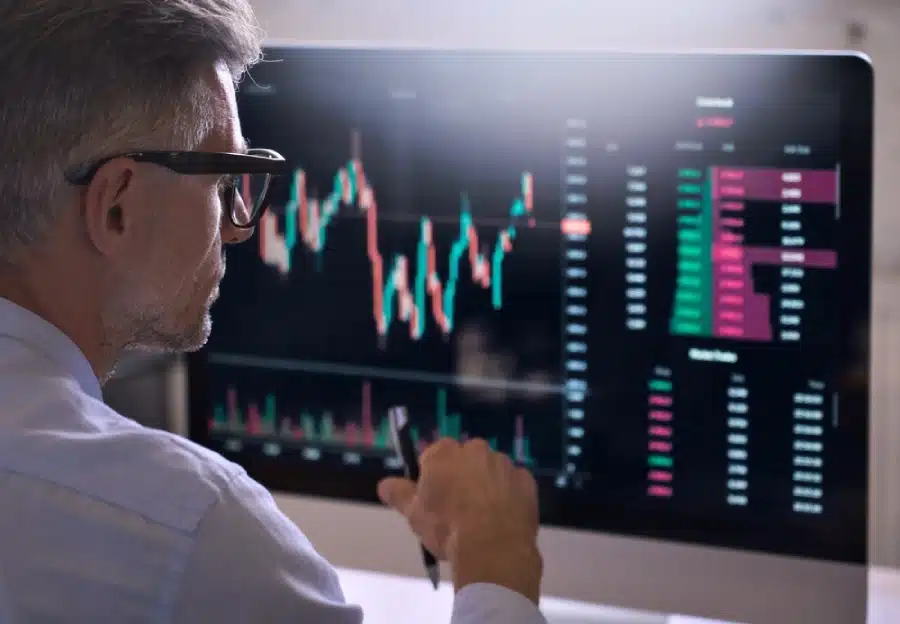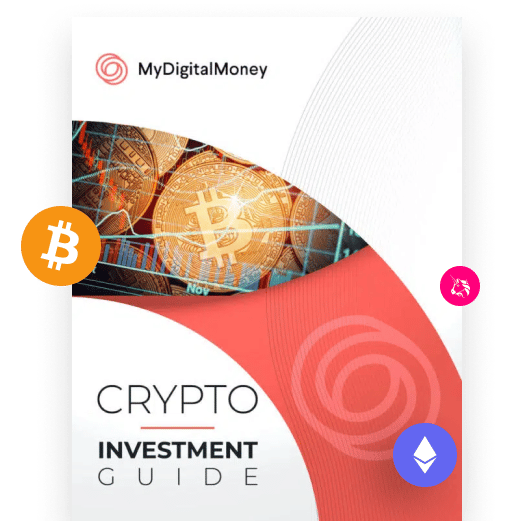You may have seen the term NFT in the headlines lately, mostly in relation to some whopping sums of money ($69.3 million ring any bells?). But you've probably been wondering what the fuss is all about. If you're not sure what an NFT – or non-fungible token – is, or how exactly they work, we're here to help.
This guide explains all you need to know about NFTs, including what they are, how they work, why they've caused some controversy and how you can get involved.

What is an NFT?
An NFT is, in essence, a collectible digital asset, which holds value as a form of cryptocurrency. Much like art is seen as a value-holding investment, now so are NFTs. But how?
First, let’s break down the term. NFT stands for non-fungible token – a digital token that’s a type of cryptocurrency, much like Bitcoin or Ethereum. But unlike a standard coin in the Bitcoin blockchain, an NFT is unique and can’t be exchanged like-for-like. Hence, non-fungible.
So what makes an NFT more special than a run-of-the-mill crypto coin?
Well, the file stores extra information, which elevates it above pure currency and brings it into the realm of, well, anything, really.
The types of NFTs are super-varied, but they could take the form of a piece of digital art or a music file – anything unique that could be stored digitally and be thought of to hold value.
Essentially, they are like any other physical collector’s item, but instead of receiving an oil painting on canvas to hang on your wall, for example, you get a JPG file.
How does NFT work?
NFTs are part of the Ethereum blockchain so they are individual tokens with extra information stored in them. That extra information is the important part, which allows them to take the form of art, music, video (and so on), in the form of JPGS, MP3s, videos, GIFs and more. Because they hold value, they can be bought and sold just like other types of art – and, like with physical art, the value is largely set by the market and by demand.
That’s not to say there’s only one digital version of an NFT art available on the marketplace, though. In much the same way as art prints of an original are made, used, bought and sold, copies of an NFT are still valid parts of the blockchain – but they will not hold the same value as the original.
And don’t go thinking you’ve hacked the system by right-clicking and saving the image of an NFT, either. That won’t make you a millionaire because your downloaded file won’t hold the information that makes it part of the Ethereum blockchain.
NFTs can be bought on a variety of platforms, and which you choose will depend on what it is you want to buy.
For example, if you want to buy baseball cards you’re best heading to a site like digitaltradingcards, but other marketplaces sell more generalised pieces. You’ll need a wallet specific to the platform you’re buying on and you’ll need to fill that wallet with cryptocurrency.
As the sale of Beeple’s Everydays – The first 5000 days at Christies (above) proved, some pieces are beginning to hit more mainstream auction houses, too, so these also are worth watching out for. In case you missed it, that Beeple piece was the one that went for $69.3 million.
Who has been using NFTs?
This is a new space for artists and a new space for fans to enjoy the work of their favorite artists.
Video games are using it too. Up until now, any digital assets bought inside a game, still belonged to the game company – with gamers just buying them temporarily to use when playing the game.
But NFTs mean that the ownership of assets has shifted to the actual buyer, meaning that they can be bought and sold across the gaming platform with extra value applied based on who has owned them along the way.
In fact, games are beginning to be made that are based entirely around NFTs, proving how they are shaking up the industry.
The NBA has NBA Top Shot – a way of selling digital collectibles.
Even tweets hold value, with Twitter co-founder Jack Dorsey selling off the first-ever tweet for a massive $2,915,835.47.
Musicians are also selling the rights and originals of their work, as well as short videos to clips of their music, and you can even buy digital real estate and 3D assets like furniture.
Why are NFTs controversial?
There’s a lot of money to be made in the NFT market. But you also may have heard there’s some controversy surrounding NFTs, in particular in relation to their impact on the climate.
NFTs use a monster amount of energy in their creation. So much so that many protesters are worried about the very real impact the craze could have on the environment. According to CryptoArt.wtf, a site set up to calculate the carbon footprint of NFTs (which is now offline), one piece called ‘Coronavirus’ consumed an incredible 192 kWh in its creation.
Whether or not NFTs are here to stay, they have certainly become a new plaything for the uber-rich and there is real money to be made, if you can make it happen. NFTs give new meaning to digital art, and the prices seen at sale indicate it is a real part of the future of art, and collectibles in general.




